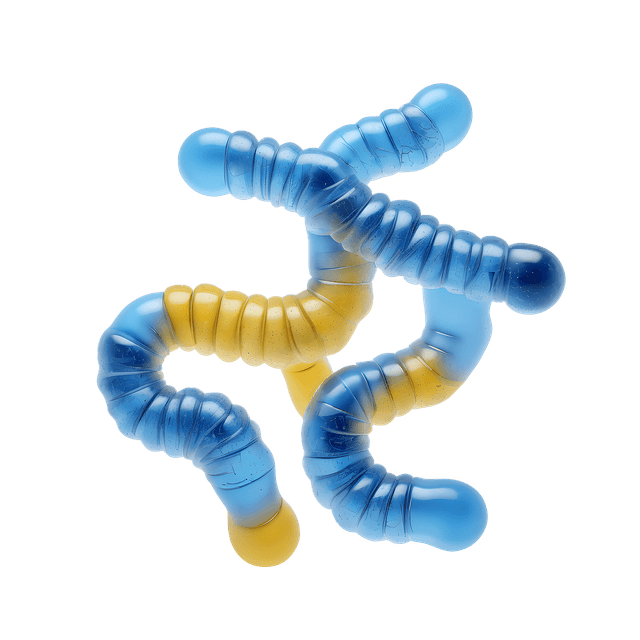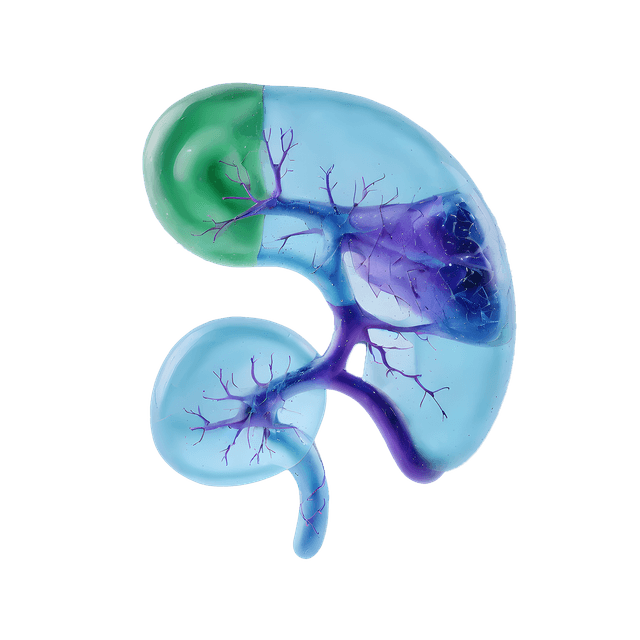High-sensitivity troponin I (P-Troponin I hs) is a biomarker that is used to detect even very small amounts of troponin I in the blood, which makes the test particularly useful in the early diagnosis of heart attack. Troponin I is one of three protein parts of the troponin complex, which regulates the contraction of the heart muscle. It occurs almost exclusively in the heart muscle and is released into the blood when heart muscle cells are damaged, for example in the event of a lack of oxygen (ischemia).
Why is high-sensitivity troponin analyzed?
Hs-Troponin I is currently one of the most sensitive and specific biomarkers for heart damage. It is used primarily in cases of suspected acute heart attack, but can also provide information in other heart diseases such as heart failure or myocarditis. Since the test can detect very low levels of troponin early after the onset of symptoms, it is central to the acute investigation of chest pain in emergency departments.
Interpretation and reference intervals
Reference values may vary depending on the analysis method and laboratory, but generally apply:
- Adults: <15 ng/L (decision limit for suspected myocardial infarction often >14 ng/L)
It is important to interpret hs-Troponin I together with clinical symptoms, ECG and changes in troponin levels over time (so-called dynamics). A single value is not always sufficient for diagnosis.
Causes of elevated hs-Troponin I
Elevated levels indicate damage to the heart muscle and can be seen in:
- Acute myocardial infarction
- Myocarditis
- Cardiac surgery or cardiac trauma
- Severe sepsis or pulmonary embolism
- Heart failure or arrhythmias
The importance of early diagnosis
In the event of symptoms such as chest pain, pressure on the chest, shortness of breath or cold sweats, it is important to seek medical attention quickly. An early hs-Troponin I test can be crucial in ruling out or confirming a heart attack and thus starting the right treatment in time.



















